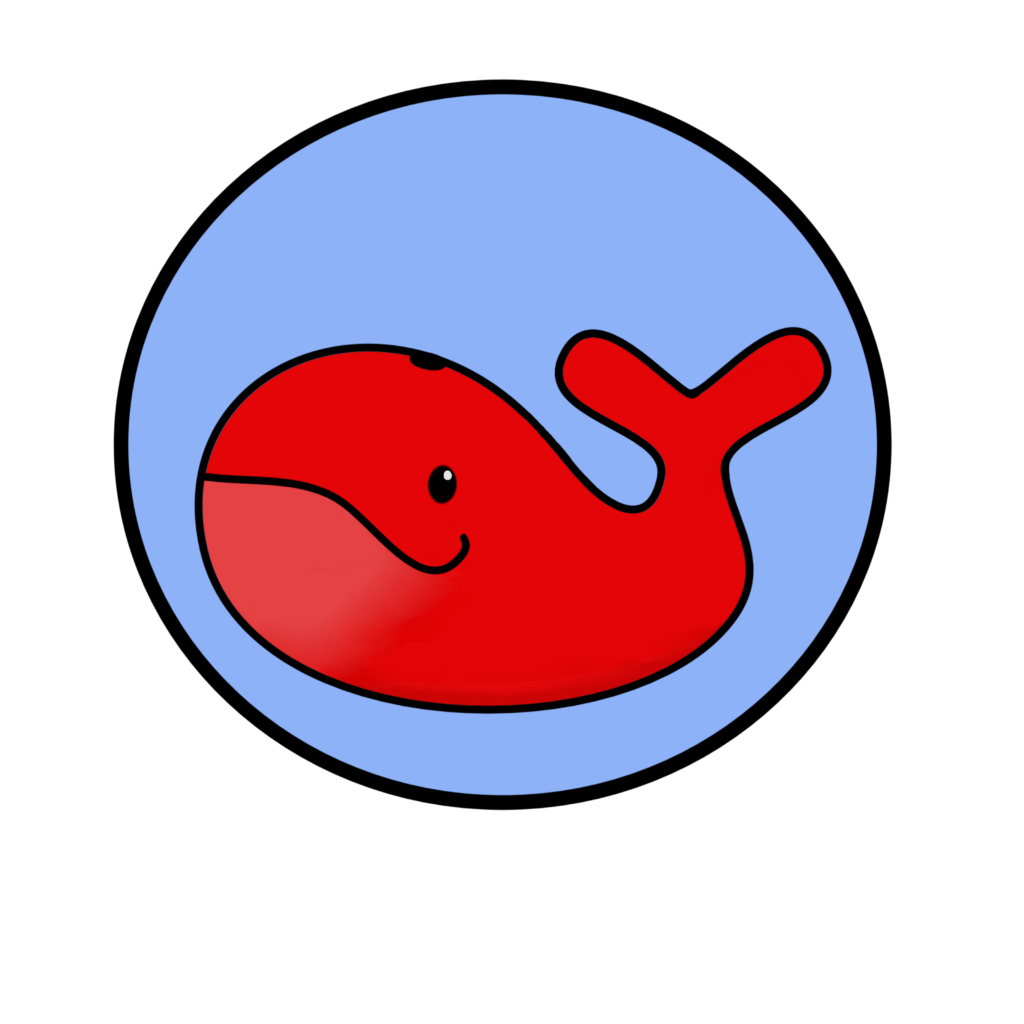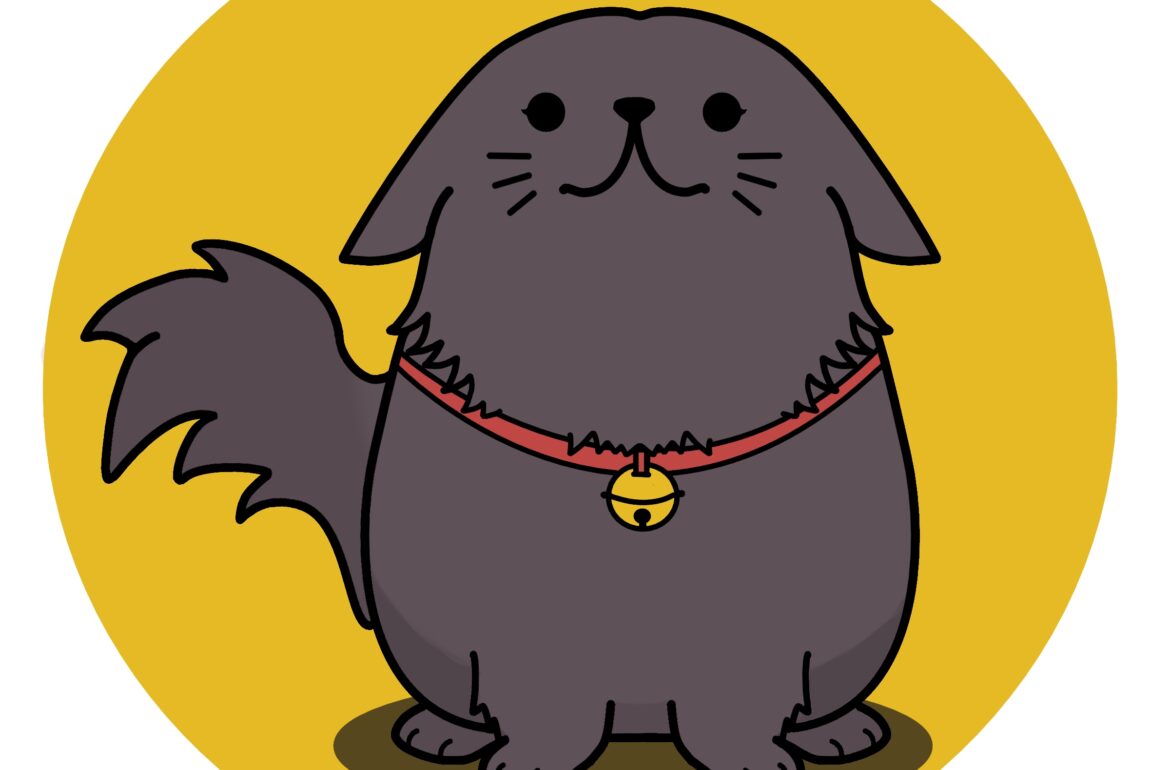Most people can agree that animals like puppies and kittens are cute, often getting that “awww” feeling when looking at them while finding it incredibly dificult to resist the desire to pet and hold them. While cuteness may seem like a trivial topic it’s actually incredibly important and has played a huge role in society. Jason Mario Dydynski, a PhD student of semiotics at the University of Tartu, is looking to answer the question, what makes things cute?.
“Cuteness as a biological force triggers a caretaker response in us and motivates us to pay attention to our babies and children. These cute/domesticated features may even correspond to the development of society,“ he explained. Dydynski added that, nowadays, cuteness is seen as an entire aesthetic with cartoon characters, etc., capitalizing on our innate desire to pay attention to and want to care for cute things.
While preparing his doctoral thesis he is looking at the biological and cultural factors that contribute to cuteness. He says that there are two main aims for his research: firstly, to develop a semiotic model of cuteness, and, secondly, to use this model and typology in order to gain a deeper understanding of the factors that influence cuteness through a series of practical, cross-cultural studies. While his thesis focuses primarily on animals and animal characters, his research interests cover plenty of other topics like robots, humans, toys, shapes, and cars.
Baby schema aroused questions
Dydynski noted that this topic is becoming increasingly important as we see the rise of ‘cuteness’ as a popular modern aesthetic. “Companies and businesses are capitalizing on this cuteness bandwagon and we are all going along for the ride. We see countries like Japan and Korea acheiving global marketing success by incorporating cuteness as a design in their products,“ he explained, adding, “it is not just limited there, but cuteness is becoming a global phenomenon. If you go to a supermarket you can see cuteness in action on anything from candy to make-up products. It then becomes increasingly important to understand the powers this aesthetic holds over us and what factors contribute to this as well as what factors make something not cute and what effect that has on our actions.“

The young American who has been living in Estonia since 2014 started investigating this topic in his masters studies. However, before that he had different plans. “I was planning to study the effects of Soviet Policy on Seto cultural identity, which is a great topic and made sense with my linguistics background. But then I took an eco-semiotics course and learned about this concept called the kindchenschema, or the baby schema, by Konrad Lorenz, which basically said that things we find cute possess the features and proportions of babies,“ he explained.
So, at the same time he found the idea quite interesting and also sort of limited because it said that babies were the cutest things ever and that everything was biologically based. “I had a bit of a problem with this because I find kittens way cuter than babies and know that you can’t just ignore culture in the way this theory does. So I set out on my journey to build on the theory,“ Dydynski noted.
Cuteness in different cultures
In his masters thesis, the young semiotician conducted a survey having people from all over the world rank cute animals characters and describe what they found cute and what they found not so cute. He received over 500 responses and found some interesting information to build his PhD research upon. For example, how different cultures seemed to have different preferences and how haptic or textural features were important as well. “This provided some threads to follow that differed from the widely accepted, visually based and biological concepts,“ he explained.
Right now he is focused on multi-sensory perception (how cuteness is not just what we see but rather what we experience through all of our senses working together) with one of his advisors, Nelly Mäekivi. He is also working with a researcher from Northern Kentucky University, Sookyung Cho, to discover if differences exist between the perception of cuteness in shapes in Estonians, Americans and Koreans. “I already see a lot of interesting trends that need to be considered when coming up with my future model for cuteness!“ he happily declared.
So far, Dydynski said, the results are not so much surprising. But what is surprising is how many things were overlooked and not even mentioned by previous research in the field. “Looking into the existing research there is a lot of research that many people take as de facto, but often they neglected to research outside of Western countries. So far I have really learned that we have to be critical of widely accepted and historical research and to never take anything at face value. But I guess that is part of the scientific process – always questioning, coming up with a hypothesis and trying again,“ he mentioned.
Connections with other fields
Dydynski sees that his results can be useful, for example, for marketing, character design, and product design. Also, animal conservation is one field that could get answers from his research. “For instance, why we are concerned so much about cute animals like pandas while we don’t care so much about rare and endangered spiders? By knowing the factors at play we can come up with ideas to solve this problem and better market and conserve these less attractive species,“ he explained.
He is also working on a project with the Institute of Computer Science at the University of Tartu, where they are trying to develop VR interface filter for a Teleoperated Robot for use in hazardous and radioactive situations. “While it may seem hard to link this to cuteness, we are actually looking at the aesthetic features of cuteness and approachability to make certain objects in the VR interface look more or less approachable. In this way, you can see what is safe to go near and what is dangerous without having to read reports or censors,“ he explained.
What is more, he recently got in contact with a researcher at the University of Barcelona, Constantina Theofanopoulou, who studies the genetic links between the domestication and socialization of humans and other species. “This is super interesting for me as we can see these “cute” traits developing in these species over time, so it would be great to see how this research can be incorporated into mine!“ he explained.
Written by Marii Kangur
This article was funded by the European Regional Development Fund through Estonian Research Council.
 Back
Back



